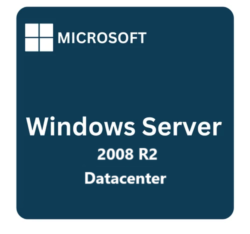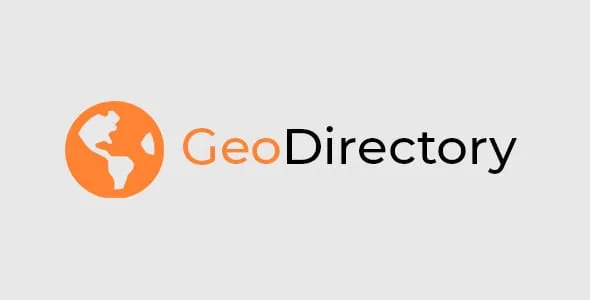It’s time to get Feng Shui on your maps and clear away the clutter.
Maps in large directories can start to look like a sea of markers, creating a degraded user experience. Clustering markers together simplifies your data visualization by consolidating listings that are nearby each other on the map. In conclusion, our Marker Cluster addon is essential for user map engagement on directories with many listings.
- Compatible with both Google Maps and Open Street Maps (OSM) for seamless integration.
- Client-Side rendering option gives small directories snappier maps that respond instantly.
- Our unique Server-Side rendering option does all the hard work on the server and passes only the necessary information to the browser. Therefore, large directories with millions of listings can still have responsive maps.
- Grid size and zoom levels can be adjusted, giving you granular control over how and when clustering renders.
- Set per map, meaning if you have multiple maps, then you can apply the clustering effect to any or all of them.
- Fully Compatible with both our Custom Post Types and Custom Map Styles addons.
Marker Cluster improves user experience
When Marker Cluster is active, users will see single markers that display the number of listings in the area. When a user zooms on the area, the markers are unclustered to reveal the individual listings. Secondly, clicking on a cluster marker will zoom to that location and recluster at that location.
Better site performance with our Marker Cluster addon
Our 10+ year experience creating directory software along with over 300,000 resolved support tickets means we know how to scale a directory. Most competitors have no marker clustering and can handle merely a few hundred markers before browser memory forces things to slow down or fail. Even with the standard clustering method that Google recommends, things can get hairy with one to two thousand markers. With our Marker Cluster addon, there is simply no limit to the number of markers you can show on a map. Our unique server-side rendering means 1 million markers will render with up to 300x less data needed.










